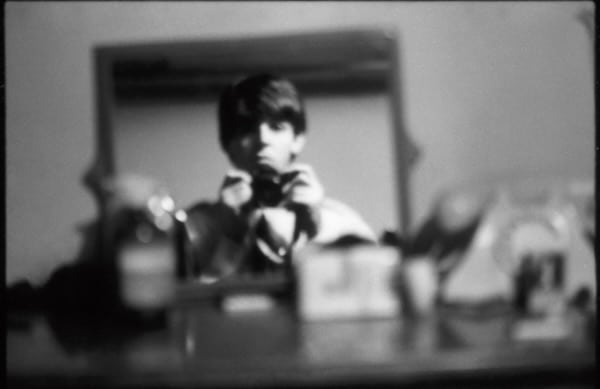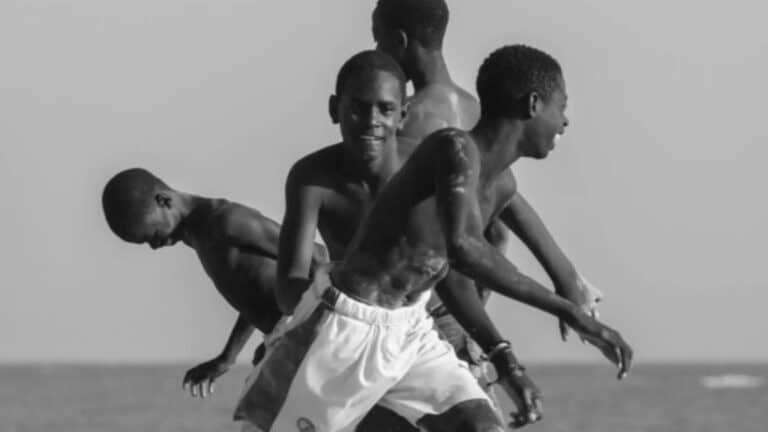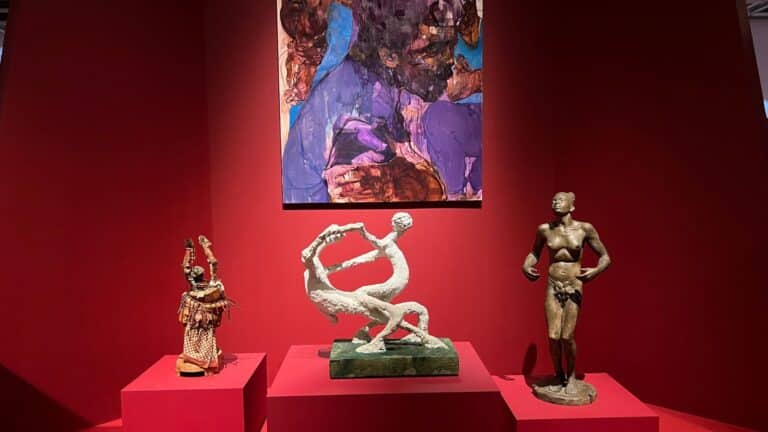Organized by the National Portrait Gallery in London, Paul McCartney Photographs 1963–64: Eyes of the Storm brings McCartney’s own personal photographs to public view. Already seen at the Brooklyn Museum in New York and on its way to the AGO in Toronto in 2026, the de Young Museum in San Francisco is the exhibition’s current host institution, showing over 250 photographs from the artist’s personal archive.
Chronicling the legendary Beatles and the cementing of their status as the greatest band ever, the images capture intimate moments of band members John Lennon, George Harrison and Ringo Starr, and also portray historical moments of the Beatles’ rise to fame and the singular phenomenon of Beatlemania. It also reveals the legendary McCartney as a multidisciplinary artist in his own right – prodigal songwriter, master lyricist, and gifted visual composer.
The musician, the photographer
Paul McCartney Photographs 1963–64: Eyes of the Storm, currently on display at the de Young Museum from March 1st to July 6th, 2025, features archival photographs taken from the perspective of the acclaimed singer, songwriter, and iconic figure himself.
During his travels, Beatles member Paul McCartney carried with him a Pentax camera that documented the frenzy of fame and all that came with it from his point of view. This show granted us insider access to these never-before-seen prints, which are displayed alongside accompanying video clips and similar material.
While the peak of Beatlemania came well before my own teenage years, the influence of the band and of Paul McCartney himself on music and culture is undeniable. What is most meaningful about this show, in particular, is that it strips away the barriers of superstardom and presents a strikingly intimate portrait of these untouchable figures. The slight tilt of the camera, the blur of a face, and the rupture of light unveil soft points of comradery and affection. They tell a coming-of-age story, one not of fame but of family, one not unlike the albums of candid portraiture littering the shelves of homes all over the world.
Humanity in focus
One photo, in particular, stood out to me as an ode to this narrative. In Self-portrait (1963), we see the blurred black and white reflection of Paul McCartney as he points his camera in front of a vanity mirror. The items on the table before him are hidden under a photographic guise of privacy, one that was perhaps rarely afforded to the rising star.
There is a unique vulnerability to the atmosphere portrayed in images like this one. In them, we see a friend or sibling sharing stories from his studies abroad; even in the prints of journalists and chasing fans, there is a certain je ne sais quoi quality to the habitual, fleeting nature of McCartney’s gaze. It is through these ordinary moments and self-portraits that we grow to understand just how extraordinarily human this era was.



